When your blood sugar drops, your body can experience various effects. This condition, known as hypoglycemia, occurs when blood glucose levels fall below normal. Low blood sugar can cause symptoms like dizziness, confusion, and even seizures if left untreated.
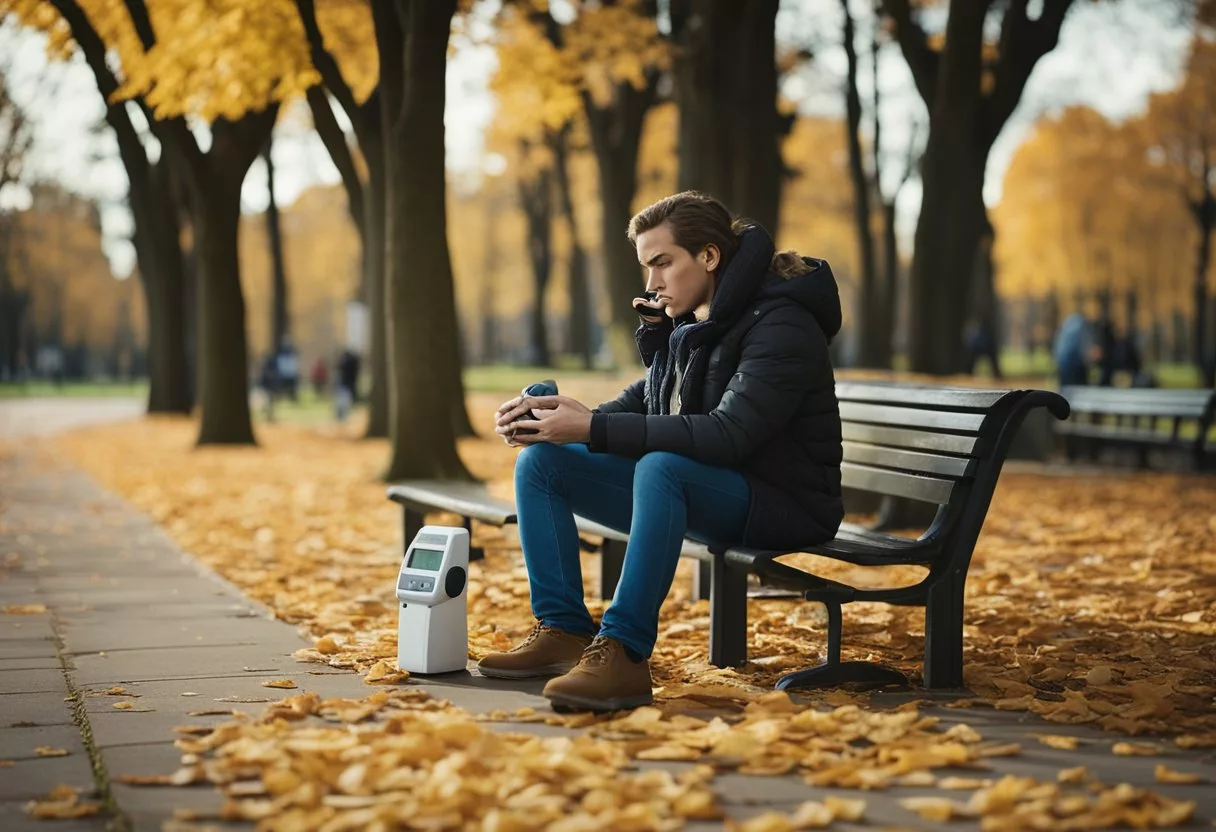
People with diabetes are more likely to experience hypoglycemia, but it can affect anyone. The body needs a steady supply of glucose to function properly. When levels dip too low, it can lead to a range of symptoms that vary in severity.
Recognizing the signs of low blood sugar is crucial for quick action. Early symptoms may include shakiness, sweating, and hunger. As blood sugar continues to drop, more serious effects can occur. Knowing how to respond to these symptoms can help prevent dangerous situations.
Key Takeaways
- Low blood sugar can cause a range of symptoms from mild to severe
- Quick recognition and treatment of hypoglycemia is important for safety
- Regular monitoring and proper management can help prevent blood sugar crashes
What is Hypoglycemia?
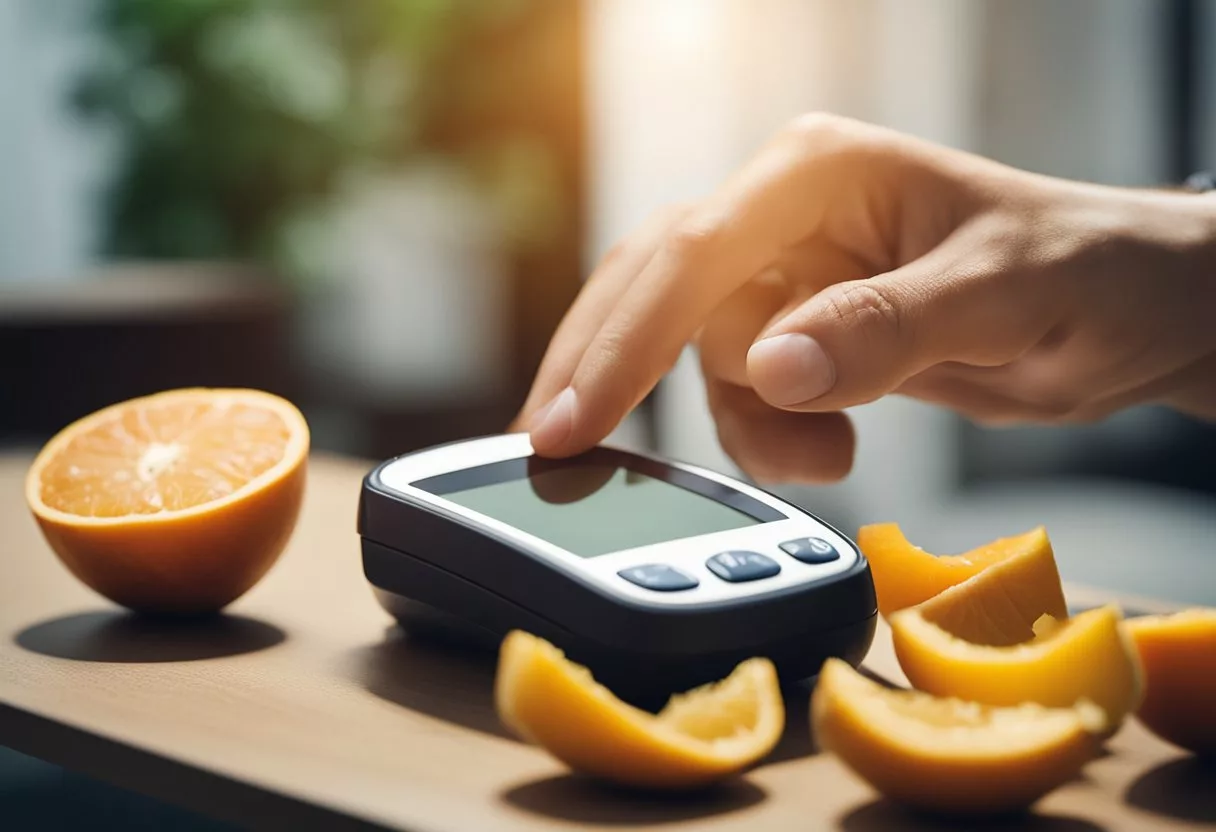
Hypoglycemia is a condition where blood sugar levels drop too low. It can cause various symptoms and affect the body’s normal functioning.
Defining Hypoglycemia
Hypoglycemia occurs when blood glucose levels fall below 70 milligrams per deciliter (mg/dL). This drop can lead to a range of symptoms, including:
- Shakiness
- Sweating
- Hunger
- Dizziness
- Confusion
In severe cases, it may cause seizures or loss of consciousness. People with diabetes are more likely to experience hypoglycemia, but it can affect anyone.
Causes of Hypoglycemia
Several factors can trigger low blood sugar:
- Skipping meals or eating less than usual
- Excessive exercise without proper fuel
- Drinking alcohol on an empty stomach
- Taking too much diabetes medication, especially insulin
For people without diabetes, other causes may include certain medications, liver or kidney problems, or hormonal imbalances.
Blood Sugar Regulation
The body maintains blood sugar levels through a complex system. The pancreas plays a key role by producing insulin and glucagon.
Insulin helps cells absorb glucose from the blood. When blood sugar drops, the pancreas releases glucagon. This hormone signals the liver to release stored glucose.
Other hormones like cortisol and epinephrine also help raise blood sugar. In some cases, this natural regulation system may not work properly, leading to hypoglycemia.
Regular monitoring of blood glucose levels is crucial for people with diabetes to prevent hypoglycemic episodes.
Identifying Symptoms and Signs

Low blood sugar can cause a range of symptoms. These signs can be mild or severe. Some people may not notice symptoms at all.
Mild to Moderate Symptoms
Low blood sugar often starts with mild symptoms. A person may feel:
• Shaky or trembling
• Hungry
• Sweaty
• Anxious or nervous
• Irritable
• Pale
These symptoms can appear quickly. They may also cause:
• Fast heartbeat
• Headache
• Blurred vision
• Weakness or fatigue
It’s important to treat low blood sugar right away. Eating or drinking something with sugar can help raise blood sugar levels.
Severe Hypoglycemic Events
If not treated, low blood sugar can become severe. Serious symptoms may include:
• Confusion
• Dizziness
• Unusual behavior
• Slurred speech
• Clumsiness
• Seizures
• Loss of consciousness
These symptoms are very dangerous. They need immediate medical help. Severe low blood sugar can lead to coma or even death if not treated quickly.
Hypoglycemia Unawareness
Some people don’t feel symptoms of low blood sugar. This is called hypoglycemia unawareness. It’s more common in people who:
• Have had diabetes for a long time
• Have frequent episodes of low blood sugar
• Take certain medicines
Hypoglycemia unawareness is risky. Blood sugar can drop to dangerous levels without warning. People with this condition need to check their blood sugar more often.
They may also need to adjust their treatment plan. This helps prevent severe low blood sugar events.
Immediate Actions and Treatment
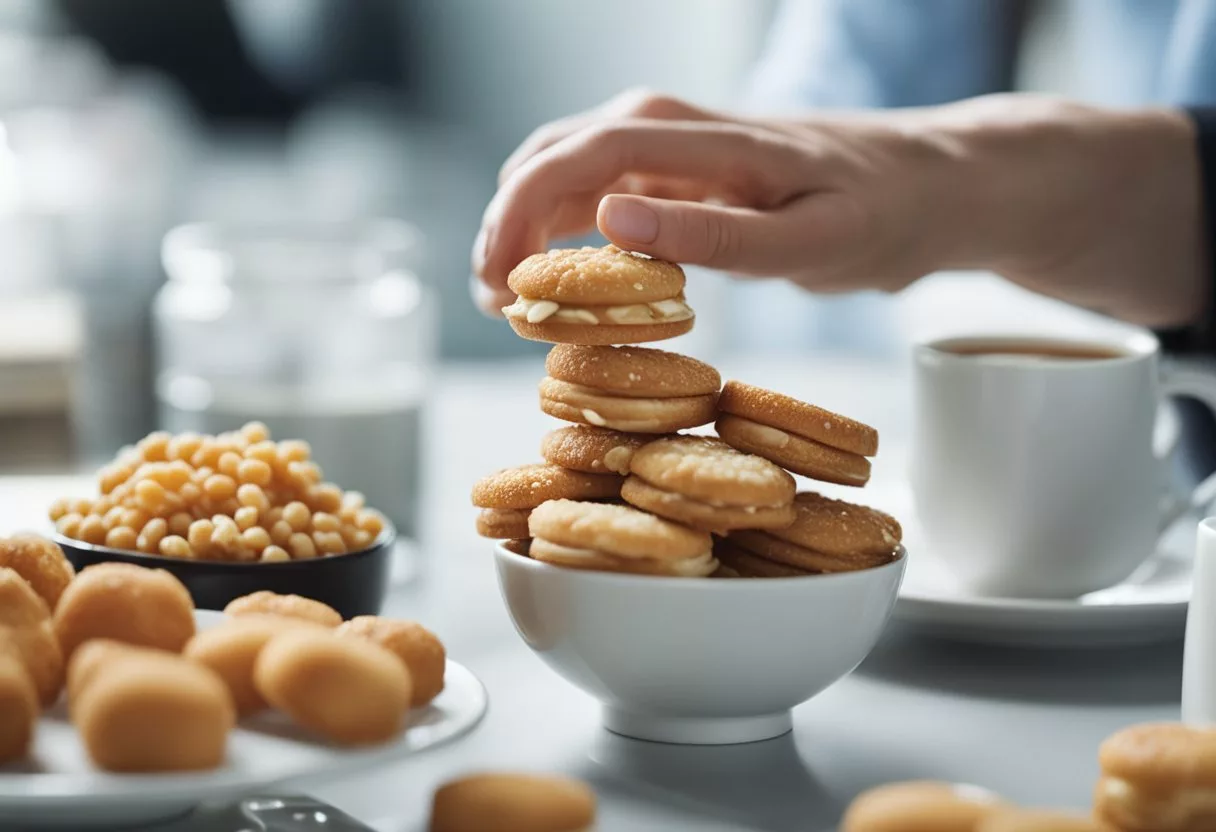
When blood sugar drops, quick action is crucial. The right steps can prevent serious complications and help restore normal levels fast.
First Aid for Hypoglycemia
For mild to moderate low blood sugar, the 15-15 rule is a good guide. Eat 15 grams of fast-acting carbs and wait 15 minutes. Good options include:
• Glucose tablets • 4 ounces of fruit juice • 1 tablespoon of honey • 5-6 hard candies
After 15 minutes, check blood sugar again. If it’s still low, repeat the process. Once levels are back to normal, eat a small snack with protein and complex carbs.
For those at risk, always carry fast-acting sugar. Keep glucose tablets or gel in easy-to-reach places like a purse, car, or desk drawer.
Managing Severe Hypoglycemia
Severe low blood sugar can be dangerous. Signs include confusion, seizures, or loss of consciousness. In these cases:
- Don’t give food or drink by mouth.
- Use a glucagon kit if available.
- Call emergency services right away.
Family and friends should learn how to use a glucagon kit. This hormone quickly raises blood sugar in emergencies.
Long-Term Treatment and Management
Preventing future episodes is key. Work with a doctor to adjust diabetes medications if needed. Keep a log of low blood sugar events to spot patterns.
Regular meals and snacks help maintain steady glucose levels. Always eat before exercise. Check blood sugar more often during illness or stress.
Learn to recognize early signs of low blood sugar. These may include:
• Shakiness • Sweating • Hunger • Irritability
By staying alert to symptoms, people can take action before levels drop too low.
Associated Conditions and Risk Factors
Several health conditions and lifestyle factors can increase the risk of experiencing low blood sugar. These range from diabetes to other medical issues and certain behaviors.
Diabetes and Hypoglycemia
Hypoglycemia is most common in people with diabetes. Both type 1 and type 2 diabetes can lead to low blood sugar episodes.
People with type 1 diabetes don’t produce insulin. They must carefully balance insulin doses with food intake and activity levels. Too much insulin can cause blood sugar to drop too low.
Type 2 diabetes patients may also experience hypoglycemia. This can happen if they take certain diabetes medications or insulin. Skipping meals or exercising more than usual can also trigger low blood sugar in diabetics.
Other Health Conditions
While diabetes is the main cause, other health issues can lead to hypoglycemia. Liver diseases like hepatitis can affect blood sugar regulation.
Kidney disorders may also cause low blood sugar. This is because the kidneys play a role in processing glucose.
Eating disorders such as anorexia nervosa can lead to hypoglycemia. This is due to inadequate food intake and malnutrition.
Some people experience reactive hypoglycemia, where blood sugar drops a few hours after eating. Stress, alcohol consumption, and intense exercise can also trigger low blood sugar in some individuals.
Prevention and Lifestyle Management
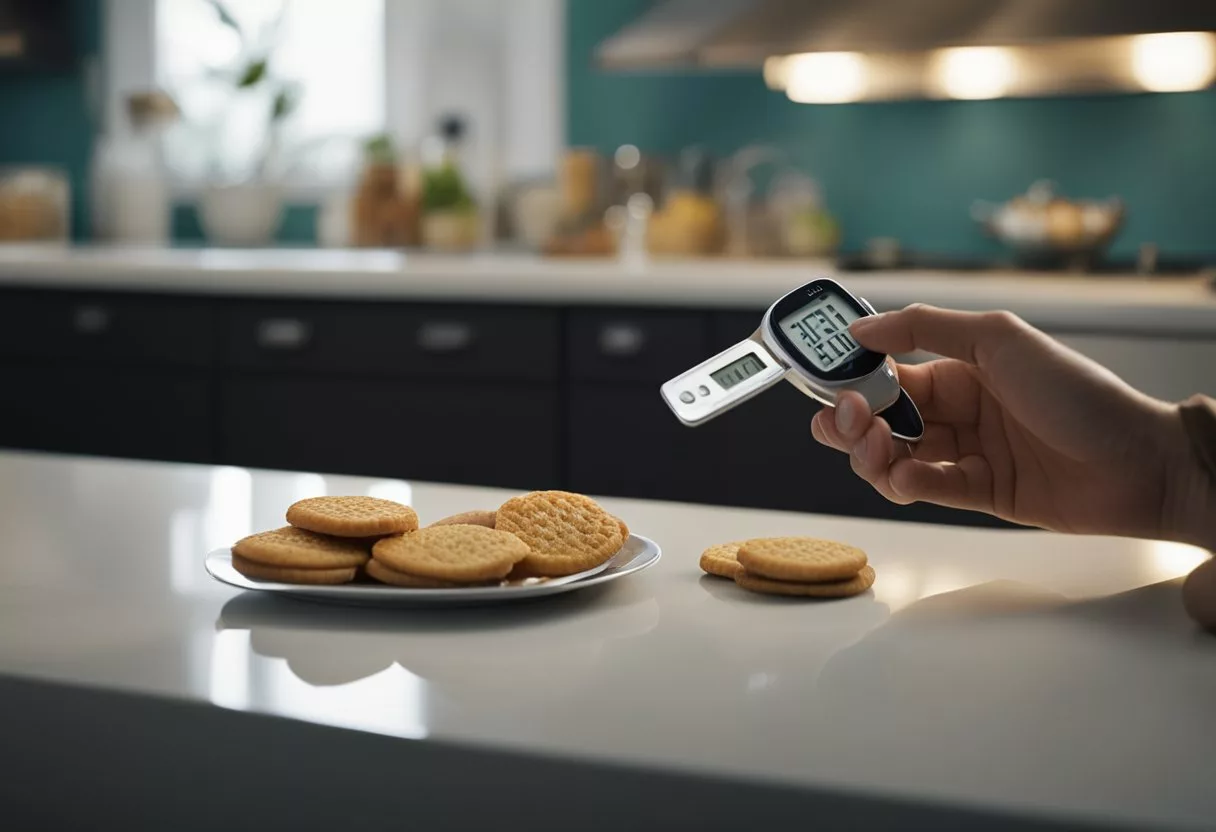
Keeping blood sugar levels stable requires a mix of good habits and careful planning. A balanced diet, regular check-ups, and exercise play key roles in avoiding drops.
Diet and Nutrition
Eating the right foods at the right times helps keep blood sugar steady. Carbohydrates have the biggest effect on blood sugar. It’s important to choose complex carbs over simple sugars.
Fiber-rich foods like vegetables and whole grains are good choices. They digest slowly and don’t cause quick spikes in blood sugar.
Protein and healthy fats help balance meals. They slow down carb absorption, which keeps blood sugar more stable.
Eating small, frequent meals can also help. This prevents long gaps between eating that might lead to drops in blood sugar.
Regular Monitoring and Medication
Checking blood sugar often is key to preventing lows. Many people use glucose monitors to track their levels throughout the day.
Some newer devices, called continuous glucose monitors, can alert users when levels start to drop.
Taking diabetes medicines as prescribed is crucial. These help manage blood sugar levels and prevent sudden drops.
It’s important to work with a doctor to find the right mix of medications. The type and dose may need to change over time.
Exercise and Physical Activity
Regular exercise is good for overall health and helps control blood sugar. But it’s important to plan workouts carefully.
Physical activity can lower blood sugar. People should check their levels before, during, and after exercise.
It may help to eat a small snack before working out. This can prevent a drop in blood sugar during activity.
Timing of exercise matters too. Working out right after taking insulin might cause a quick drop in blood sugar.
Emergency Preparedness and Safety
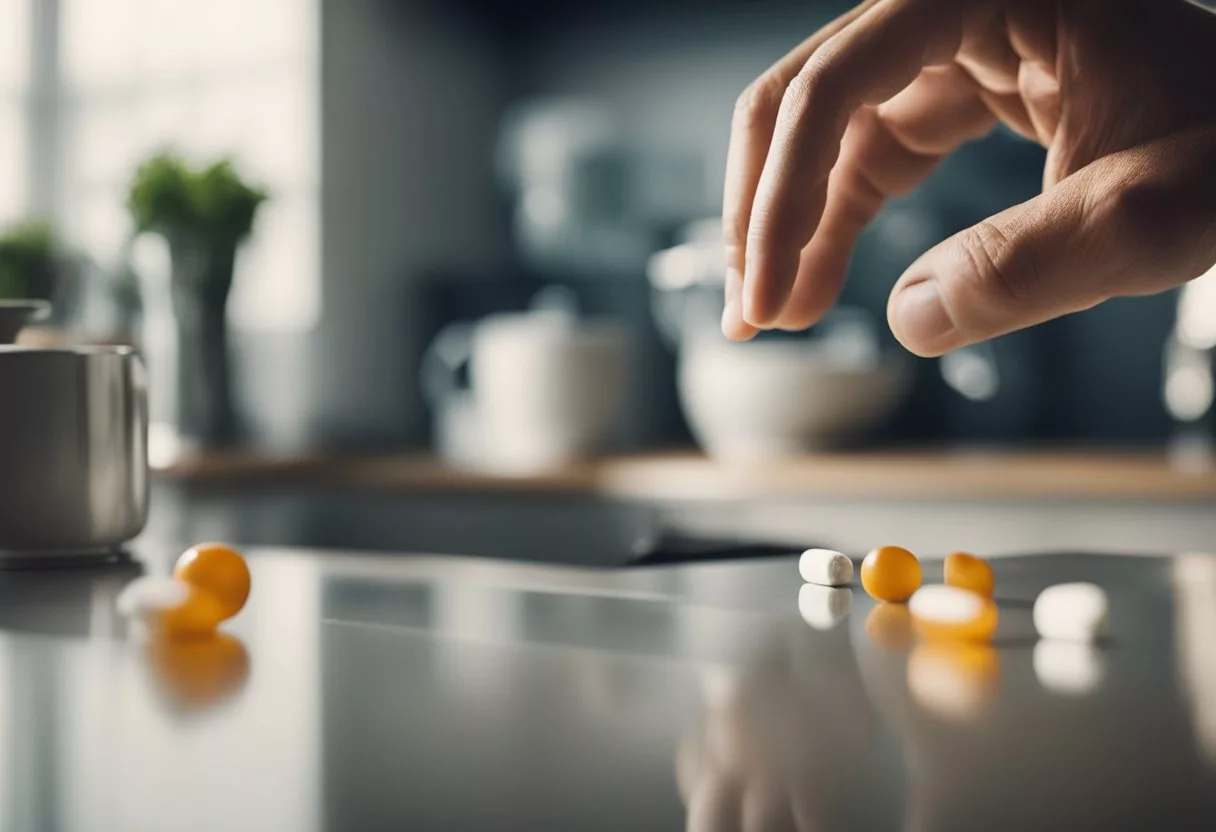
Being ready for blood sugar drops is key. Plans and tools can prevent serious problems.
Educating Friends and Family
Tell friends and family about low blood sugar signs. Teach them how to help. Show them where you keep your glucagon kit. This is a shot that can raise blood sugar fast.
Explain what snacks work best. Hard candy or juice can help. Make sure they know when to call 911. Severe drops can lead to passing out.
Practice what to do together. This helps everyone feel more sure. Update your contacts often. Keep your doctor’s number handy.
Carrying Medical Identification
Wear a medical ID at all times. This can be a bracelet or necklace. It should say you have diabetes. Include info about medicines you take.
Some IDs have QR codes. These link to more health details. Emergency teams can scan them fast. This helps them treat you right away.
Keep a card in your wallet too. List your doctor and who to call. Add any allergies or other health issues. Update this info when things change.
Considerations for Specific Situations
Plan ahead for different settings. At work, tell a trusted coworker. Show them where you keep sugar sources. For school, inform teachers and staff.
When driving, check blood sugar first. Keep fast-acting carbs in the car. Pull over if you feel symptoms. Treat low blood sugar before driving again.
For travel, pack extra supplies. Bring snacks and glucose tablets. Learn how to say “I have diabetes” in local languages. Know where to get help in new places.
Exercise can lower blood sugar. Check levels before, during, and after workouts. Have a snack ready. Adjust insulin if needed.
Monitoring and Follow-Up

Keeping track of blood sugar levels and getting regular medical care are key for managing low blood sugar. These steps help catch problems early and prevent serious issues.
Understanding Warning Signs
Early warning signs of low blood sugar can be subtle. They may include shaking, sweating, and feeling anxious or irritable. Some people get hungry or have headaches.
More severe signs include confusion and slurred speech. In rare cases, seizures or loss of coordination can occur. At night, low blood sugar might cause nightmares or night sweats.
It’s important to learn your own warning signs. Keep a log of symptoms and when they happen. This helps spot patterns and prevent future episodes.
Routine Check-Ups with Healthcare Providers
Regular visits to a doctor or healthcare provider are crucial. These check-ups allow for blood sugar monitoring and medication adjustments.
During visits, doctors may:
- Review blood sugar logs
- Check A1C levels
- Adjust medication doses
- Discuss diet and exercise plans
Patients should bring questions and concerns to these appointments. It’s a good time to talk about any new symptoms or side effects.
Blood glucose monitoring between visits is also important. Doctors can teach proper use of home glucose meters. They may suggest how often to check blood sugar levels.
Frequently Asked Questions

Blood sugar drops can be complex. The causes, symptoms, and treatments vary. Understanding these aspects is key for managing hypoglycemia effectively.
What causes blood sugar levels to decrease in individuals without diabetes?
Skipping meals or fasting can lower blood sugar. Intense exercise without proper fuel can also cause a dip. Some medications may affect blood sugar levels too.
Certain medical conditions like liver or kidney problems can lead to hypoglycemia. Excessive alcohol consumption on an empty stomach is another potential cause.
At what point does low blood sugar become a medical emergency?
Blood sugar below 70 mg/dL is considered low. It becomes an emergency when levels drop under 54 mg/dL.
Severe symptoms like confusion, seizures, or loss of consciousness require immediate medical help. These indicate dangerously low blood sugar levels.
What dietary options help to raise hypoglycemic episodes?
Fast-acting carbohydrates are best for raising blood sugar quickly. This includes fruit juice, regular soda, or glucose tablets.
Hard candies, honey, or table sugar can also help. For longer-lasting effects, follow up with complex carbs like whole grain bread or crackers.
Which immediate actions should be taken to address hypoglycemia?
The first step is to check blood sugar levels if possible. If low, consume 15 grams of fast-acting carbs.
Wait 15 minutes, then recheck blood sugar. If still low, repeat the process. If symptoms persist, seek medical help.
What are the common symptoms experienced during a hypoglycemic episode?
Early signs include shakiness, sweating, and hunger. Some people may feel anxious or irritable.
As blood sugar drops further, confusion and difficulty concentrating can occur. In severe cases, seizures or loss of consciousness may happen.
How can one discern between symptoms of hypo- and hyperglycemia?
Hypoglycemia often causes rapid onset of symptoms like shakiness and sweating. Hyperglycemia typically develops more slowly.
Hypoglycemia can lead to confusion and dizziness. Hyperglycemia often causes increased thirst and frequent urination.